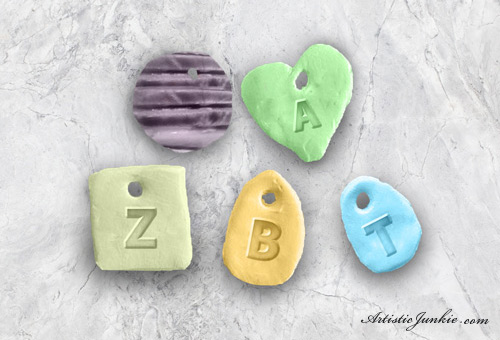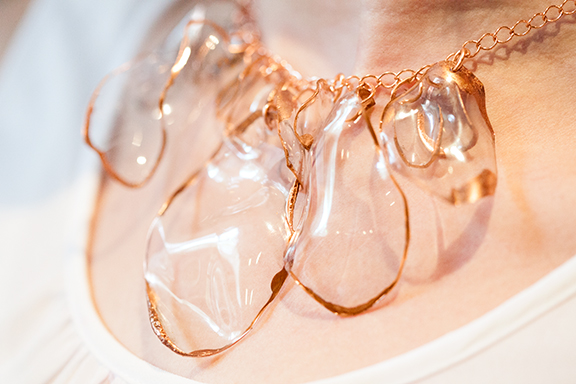Blue Chevron Desk Tutorial
This desk was a lot of fun to paint. I wanted to keep the drawers and sides in their original state because the wood is really nice and looked great, but the top needed to be spiced up a bit. I decided to go with a dark blue because it complemented the stain. Chevron stripes are super popular not to mention simple, so it was an easy decision. Here is a step-by-step guide to how I created this piece and how you can create your own!
1- Clean: The desk was extremely heavy, so to carry it in and out of the house every night was out of the question. This meant no sanding, so I used a liquid sander. First, I grabbed a towel and some rubbing alcohol and wiped that sucker down. It may look clean, but trust me once you see what comes up you’ll be glad you did this.
2- Deglosser: This desk has a really smooth satin finish so I used liquid sandpaper to rough up the surface just a bit. This prevents your paint from peeling right off that smooth desk. Use a lint free rag, apply a generous amount of the deglosser and then apply to your surface in a circular motion. I did 2 coats. Make sure you’re in a well-ventilated area, its kind of stinky.
3- Tape: I took out the drawers and taped off the base of the desk to ensure I didn’t get any paint on it.
4- Primer: Primer ensures that your paint sticks to the piece you’re working on. I poured a bit in a paint tin and applied two coats with a roller. I recommend using a roller instead of a brush, it cuts your time in half, and applies more evenly. Make sure your first coat of primer is dry to the touch before applying your second coat. Also, make sure to pay attention to the sides for any dripping.
5- Base Paint: Once your primer is dry, change your roller and apply the base color; I chose white. I applied about four coats before I got a solid clean white all the way across.
6- Measure: Measure the surface in order to evenly space the print you are using. My desk was 72” x 35.3”. I rounded up to 36” so that both numbers are divisible by 6. With a pencil, I very lightly marked every 6 inches. Once I had both ends of the desk measured and marked, I connected the marks on either end with one piece of tape. I then did the same thing down the length of the desk. However, instead of taping the marks, I connected them by very lightly drawing a line with my straight edge. This very light line will be where your chevron prints peak and valley.
7- Taping: Using the faint line as a starting point, tape diagonally up to the tape, and then again from the tape to the line until you’ve made it across the surface. Continue this down the entire length of the desk. (See image as example)
8- Exacto: The exacto knife will either be your best friend or your worst enemy. You can put too much pressure on the blade and it will cut right through your paint and primer leaving your wood surface exposed. Don’t do that or you will hate life! Exacto-off any lingering tape pieces so that you have nice smooth crisp lines. I made my pattern a bit more complicated by slicing every other stripe out (red lines). This can take a while so be patient and don’t rush. Once your pattern is looking like it should, run your fingers down all the edges of your tape to make sure you don’t get any bleeding.
9- Top color: Using a roller I painted my top color. I applied about four coats but paint until you can no longer see any hint of your base color. Let dry.10- Remove Tape- Go slowly. You don’t want to wait more than a couple of hours to remove your tape because you can chip the paint by lifting the tape if it’s too dry. If your lines are nice and smooth and there wasn’t any under tape bleeding, you can move on to step 12. However, if you did get some under tape bleeding, read on to learn how to fix it.
11- How to fix under tape bleeding: I know you just ripped off all that tape, but your going to tape that bad boy up again. You only need to tape the lines that have bleeding so don’t re-tape the entire piece again. Really try to get the edge of the tape right on the edge of your painted line exposing only “bleed”. Run your fingers down all edges. Use a small
brush, I used a ½ inch, and apply a small amount of paint starting on the tape and pulling the paint off of the tape and onto the bleed. Apply a second coat if needed. Once dry, remove the tape. Wait about 24 hours before you polyurathane.
12- Polyurethane: With a large brush, apply your sealant with long even brush strokes. I used Varathane’s Polyurethane. I applied three coats of sealant waiting about two hours between coats.
Subscribe now
Get lasest updates in your inbox




